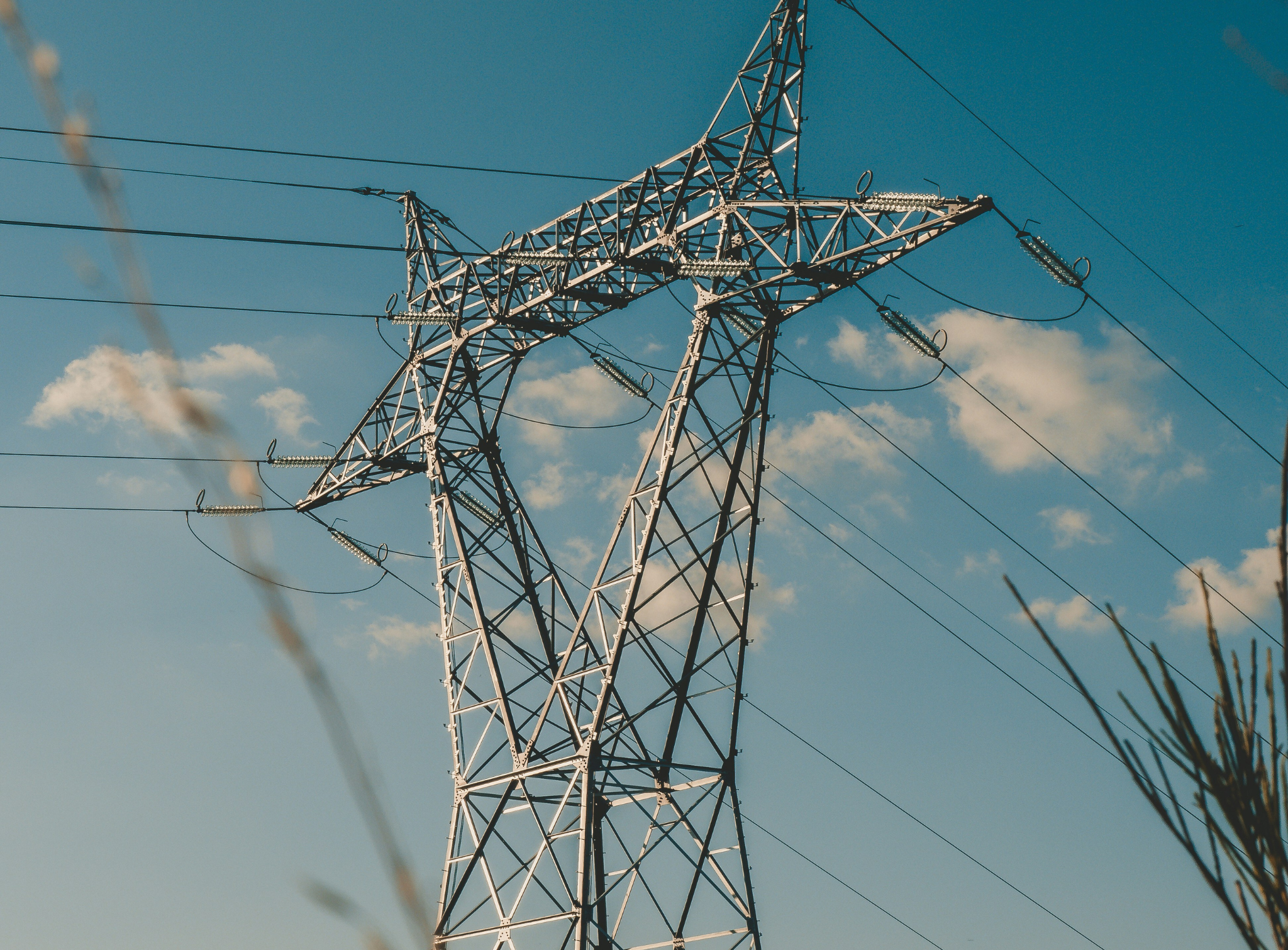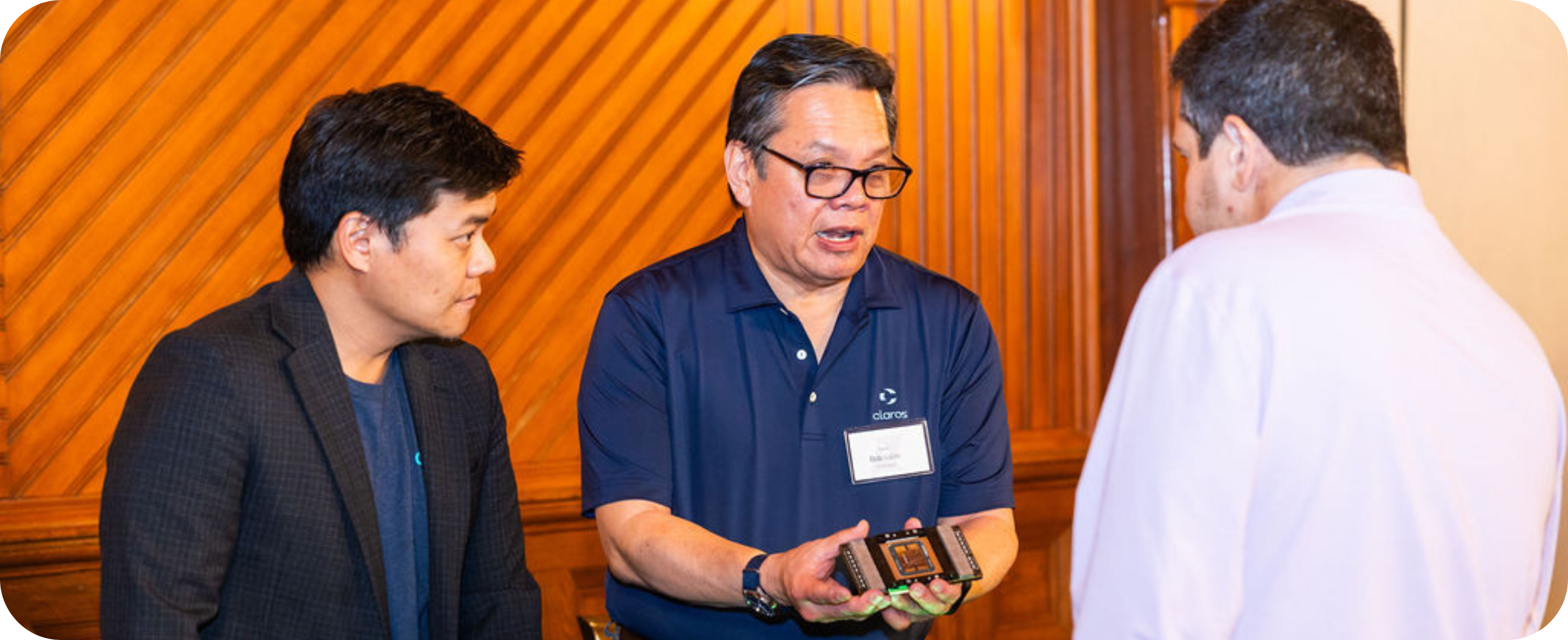In June, Texas took a bold step to protect its electric grid from the surging energy demands of AI-era infrastructure. With the passage of Senate Bill 6 (SB 6), the state acknowledged a growing reality: the traditional model of plugging massive data centers into the grid and scaling endlessly is no longer sustainable.
SB 6 gives the Electric Reliability Council of Texas (ERCOT), which manages the state’s grid, the authority to curtail electricity use at “large-load” facilities—those consuming 75 megawatts or more at a single site—or require them to switch to on-site backup generation during grid emergencies. It also introduces cost-sharing and transparency measures, including a minimum $100,000 interconnection fee to fund studies that assess the infrastructure needed to support these high-demand connections.
A Global Challenge
While Texas and other states are leading the charge to conserve energy, this is far from a local issue. As AI workloads continue to escalate worldwide, the burden on power infrastructure is reaching a critical tipping point.
Currently, data centers operate under a “utility-first” model—built on the assumption that they can be seamlessly integrated into the grid without overburdening it. But that assumption simply doesn’t align with today’s reality. ERCOT now projects electricity demand in Texas could soar to 208,000 megawatts by 2030, driven largely by the rapid expansion of data centers. That’s enough to power more than 40 million households during periods of peak demand. Globally, the International Energy Agency forecasts that electricity consumption from data centers, AI, and cryptocurrency could more than double—from 460 terawatt-hours (TWh) in 2022 to more than 1,000 TWh by 2026.
A New Model for a New Era
What’s needed now is a new approach—one that prioritizes on-site generation, battery storage, and intelligent, software-defined controls. This isn’t a future concept. It’s something that’s already happening at Claros, where we’re paving the way for a new approach to power delivery, one rooted in direct current (DC) architecture. Unlike traditional alternating current (AC) systems that waste energy through multiple conversions, our DC-native design delivers electricity straight to the rack—minimizing losses, reducing heat, and boosting performance.
At the core of our efforts is our high-voltage direct current (HVDC) platform, known as Power Gateway, which is creating modular DC hardware that interacts with the grid—without having to rely on it. These clean, scalable systems support high-power computing (HPC), AI, and other dense compute workloads while also enabling resilience and reducing peak demand by integrating:
- On-site solar or other generation sources
- Battery storage using second-life EV packs
- Intelligent load control measures to optimize energy usage
- Smart controls that respond to grid signals—or operate independently
- Support for liquid-cooled modules for high-power graphics processing units (GPUs)
This isn’t about retrofitting outdated infrastructure. It’s about building the durable, efficient systems that are needed for sustainable HPC. The result: improved conversion efficiency by up to 30 percent and lower energy losses typical of AC systems.
The Intersection of AI and Power
Every industry—from healthcare and cyber to defense and finance—is being transformed by AI. But this progress comes with a larger energy footprint that more states—and nations—will have to confront. At Claros, we’re creating a sustainable path forward that’s based on modular, efficient, and resilient systems built to deliver high performance while reducing costs. That’s because we believe that the future of AI isn’t just about faster chips or smarter AI models—it’s about marrying innovation with accountability.






